Characterization of Charge Collection Properties of High Time-Resolution Silicon Carbide Detectors
DOI: 10.23977/jeeem.2024.070217 | Downloads: 18 | Views: 1086
Author(s)
Yunpeng Tao 1, Minglong Li 2, Junzhe Wang 3
Affiliation(s)
1 Beijing 39 Middle School, No. 6, Xicheng Gen North Street, Xicheng District, Beijing, China
2 High School Affiliated to Chengdu Institute of Education Sciences, No. 1888, Tianfu 3rd Street, High-tech Zone, Chengdu, Sichuan, China
3 Nanjing No. 1 Middle School, No. 301, Zhongshan South Road, Qinhuai District, Nanjing, China
Corresponding Author
Yunpeng TaoABSTRACT
The charge collection characteristics of silicon carbide detectors in the field of high time resolution detection are studied in this paper. Aiming at the limitations of traditional silicon detectors in high temperature and high radiation environment, a high time resolution detector design based on 4H-SiC material is proposed. Due to its wide band gap, high carrier mobility, and excellent radiation resistance, 4H-SiC is ideal for extreme detection environments. By optimizing the process, high charge collection efficiency (CCE) and excellent temporal resolution were achieved, with CCE reaching 90% and temporal resolution reaching 35±0.2ps at 100V reverse bias. The experimental results show that the SiC detector has a series of excellent properties compared with the silicon-based detector. In addition, the charge collection characteristics of SiC detectors with different bias and the saturation behavior of charge collection in the range of 150~350V are also discussed. Finally, the application prospects of SiC detector in nuclear radiation monitoring, medical imaging and space exploration are prospected. With the advancement of technology and the reduction of cost, SiC detectors will demonstrate their unique value in more fields.
KEYWORDS
Silicon carbide detectors, high time resolution, charge collection efficiency, physical vapor deposition, radiation resistanceCITE THIS PAPER
Yunpeng Tao, Minglong Li, Junzhe Wang, Characterization of Charge Collection Properties of High Time-Resolution Silicon Carbide Detectors. Journal of Electrotechnology, Electrical Engineering and Management (2024) Vol. 7: 132-140. DOI: http://dx.doi.org/10.23977/jeeem.2024.070217.
REFERENCES
[1] OUYANG Xiaoping, LIU Linyue. Current Mode Silicon Carbide Detector. Atomic Energy Science and Technology, 2019, 53(10): 1999-2011.
[2] Zhang L, Cui X, Guo D, et al. Comparison of radiation detection performance of silicon carbide and silicon detector. Nuclear Electronics and Detection Technology, 2016, 36(10): 1044-1048.
[3] Yuanyuan Song, De Song, Ye Li, Weijun Chen, Chunyang Liu. Influence of Passivation Layer and P Type Base Structure Optimization on Charge Collection Efficiency of Electron Bombardment Active Pixel Sensor. Chinese Journal of Lasers, 2023, 50(18): 1803001.
[4] Y. Wang, Z. Wang, Y. Xu, Y. Zhang, et al., High Charge Collection Efficiency in SiC Detectors: A Review. Journal of Applied Physics, vol. 123, no. 4, pp. 045001, 2023.2.
[5] S. Chen, M. Liu, Q. Zhang, et al., Characterization of 4H-SiC Low-Gain Avalanche Diodes for High-Energy Physics Applications. IEEE Transactions on Nuclear Science, vol. 70, no. 1, pp. 98-105, 2024.
[6] R. Li, J. Wang, L. Sun, et al., Performance Evaluation of SiC-Based Radiation Detectors in Extreme Environments. Journal of Materials Science, vol. 59, no. 2, pp. 112-121, 2024.
[7] K. Zhang, L. Yang, H. Chen, et al., Advancements in SiC Power Devices and Their Applications in Electric Vehicles. Power Electronics Review, vol. 15, no. 3, pp. 55-64, 2024.
[8] J. Zhao, M. Wang, H. Liu, et al., GaN RF Devices Based on SiC Substrates for 5G Applications. IEEE Microwave and Wireless Components Letters, vol. 32, no. 5, pp. 342-349, 2024.
| Downloads: | 5503 |
|---|---|
| Visits: | 288424 |
Sponsors, Associates, and Links
-
Power Systems Computation
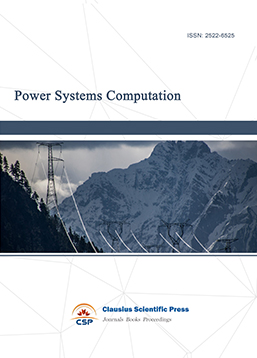
-
Internet of Things (IoT) and Engineering Applications
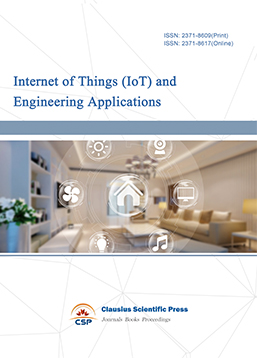
-
Computing, Performance and Communication Systems
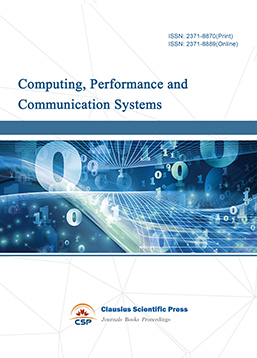
-
Journal of Artificial Intelligence Practice
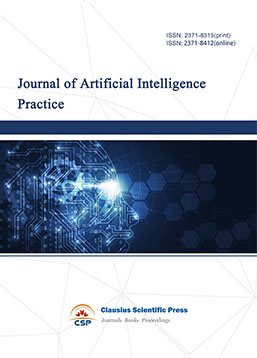
-
Advances in Computer, Signals and Systems
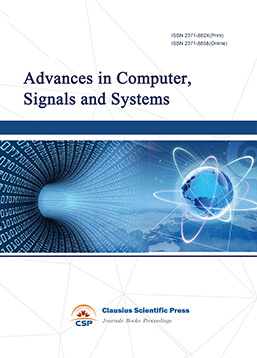
-
Journal of Network Computing and Applications
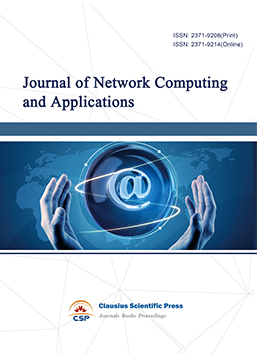
-
Journal of Web Systems and Applications
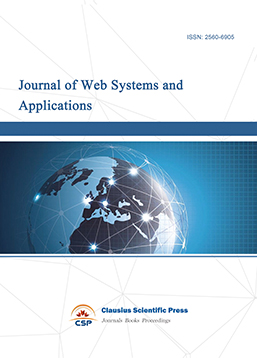
-
Journal of Wireless Sensors and Sensor Networks
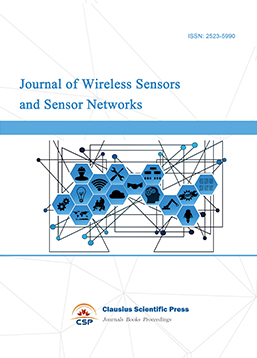
-
Journal of Image Processing Theory and Applications
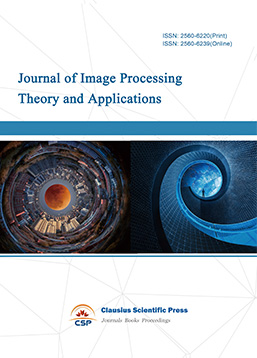
-
Mobile Computing and Networking
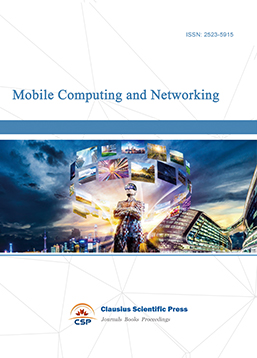
-
Vehicle Power and Propulsion
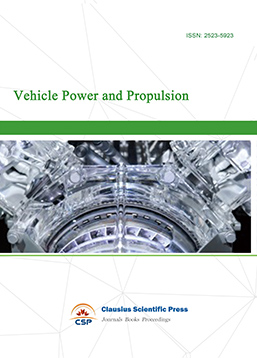
-
Frontiers in Computer Vision and Pattern Recognition
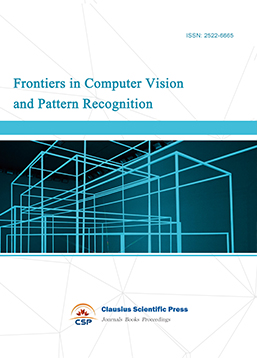
-
Knowledge Discovery and Data Mining Letters
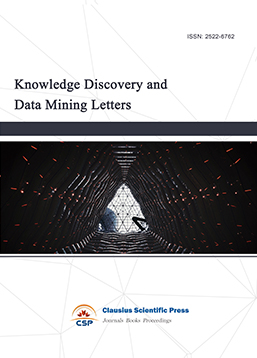
-
Big Data Analysis and Cloud Computing
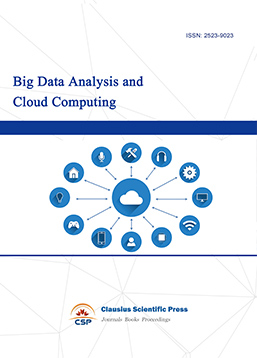
-
Electrical Insulation and Dielectrics
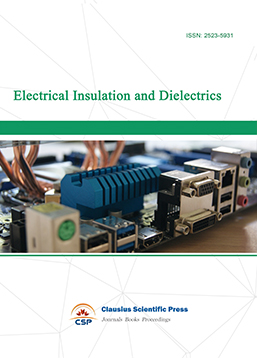
-
Crypto and Information Security
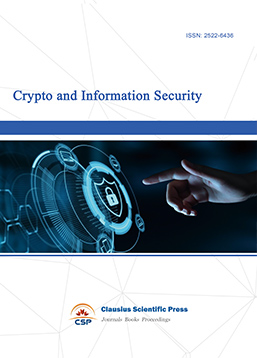
-
Journal of Neural Information Processing

-
Collaborative and Social Computing
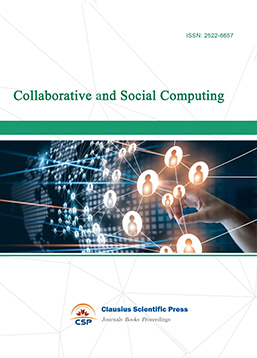
-
International Journal of Network and Communication Technology
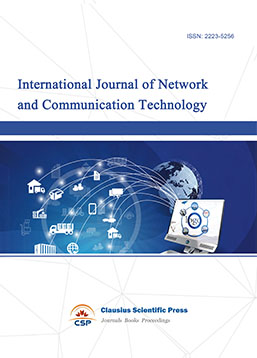
-
File and Storage Technologies
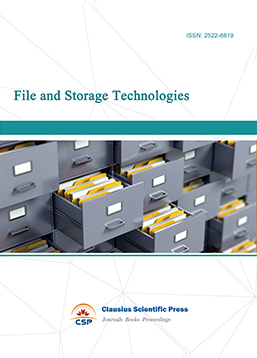
-
Frontiers in Genetic and Evolutionary Computation
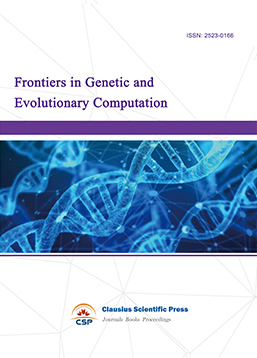
-
Optical Network Design and Modeling
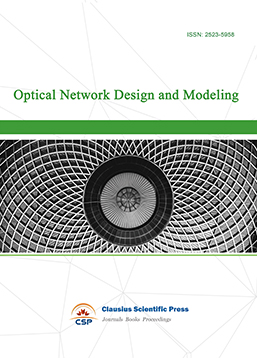
-
Journal of Virtual Reality and Artificial Intelligence
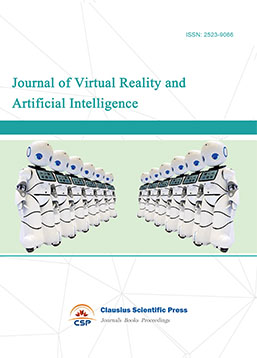
-
Natural Language Processing and Speech Recognition
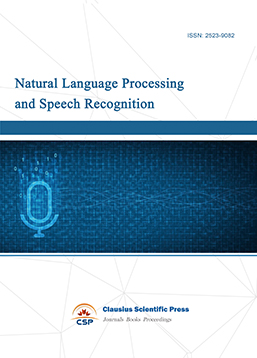
-
Journal of High-Voltage
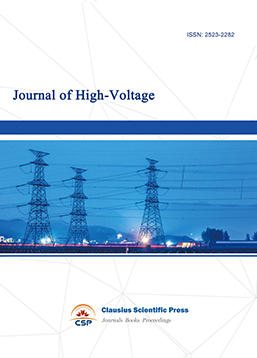
-
Programming Languages and Operating Systems
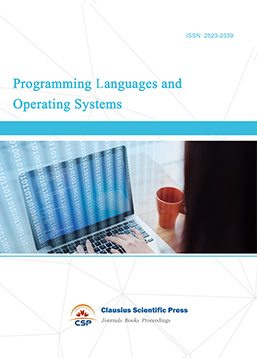
-
Visual Communications and Image Processing
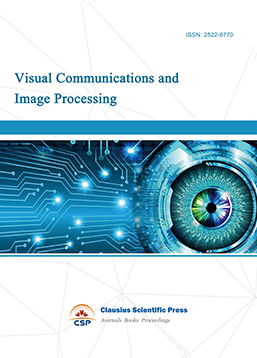
-
Journal of Systems Analysis and Integration
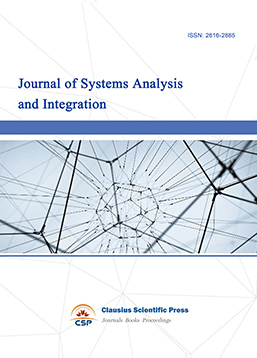
-
Knowledge Representation and Automated Reasoning
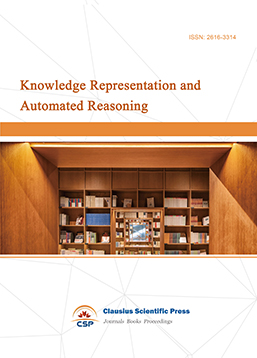
-
Review of Information Display Techniques
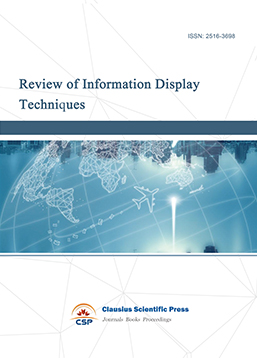
-
Data and Knowledge Engineering
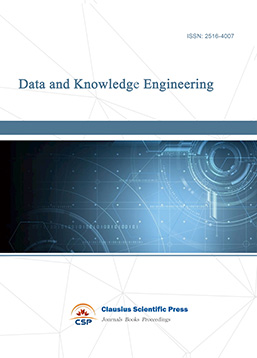
-
Journal of Database Systems
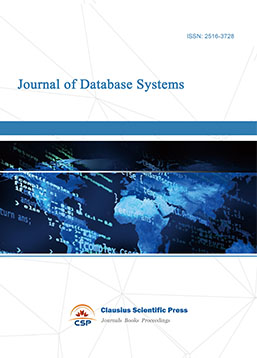
-
Journal of Cluster and Grid Computing
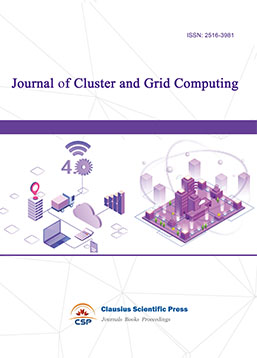
-
Cloud and Service-Oriented Computing
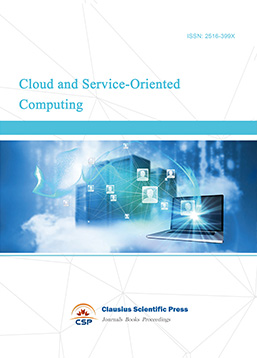
-
Journal of Networking, Architecture and Storage
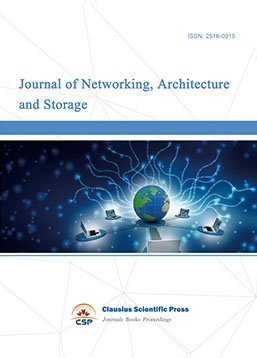
-
Journal of Software Engineering and Metrics
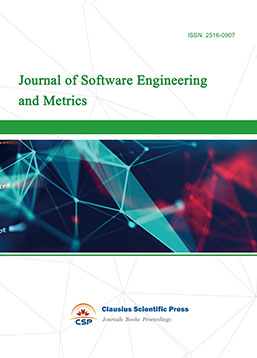
-
Visualization Techniques
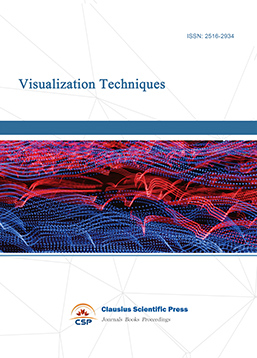
-
Journal of Parallel and Distributed Processing
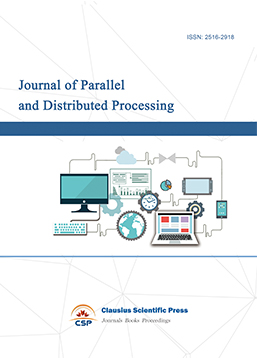
-
Journal of Modeling, Analysis and Simulation
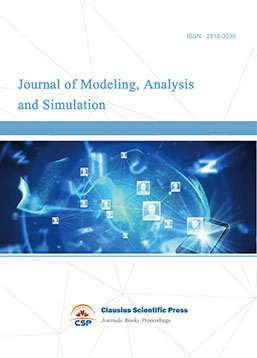
-
Journal of Privacy, Trust and Security
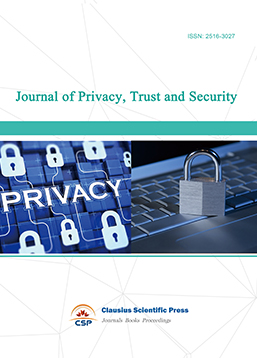
-
Journal of Cognitive Informatics and Cognitive Computing
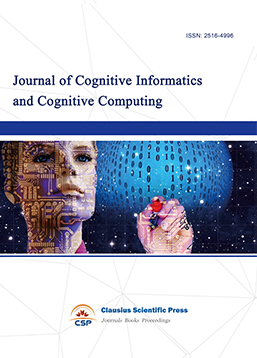
-
Lecture Notes on Wireless Networks and Communications
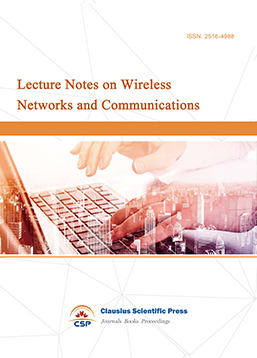
-
International Journal of Computer and Communications Security
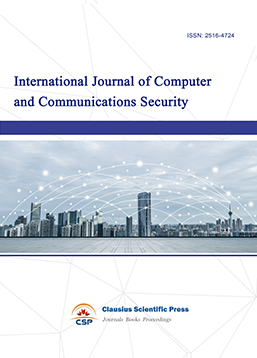
-
Journal of Multimedia Techniques
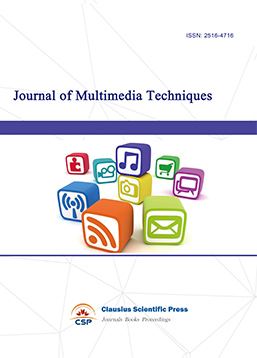
-
Automation and Machine Learning
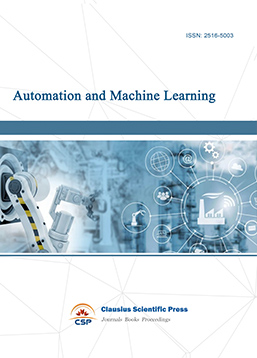
-
Computational Linguistics Letters
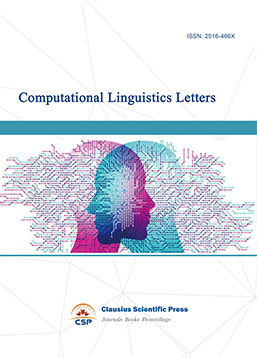
-
Journal of Computer Architecture and Design
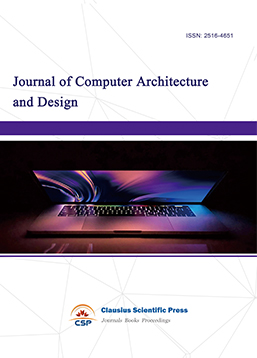
-
Journal of Ubiquitous and Future Networks
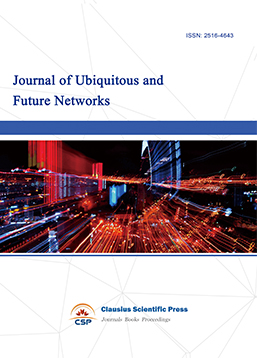

 Download as PDF
Download as PDF